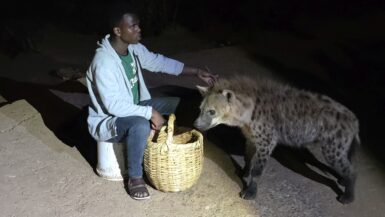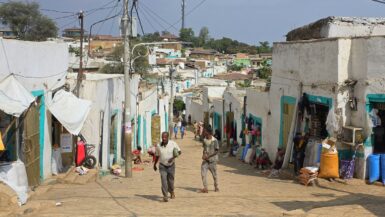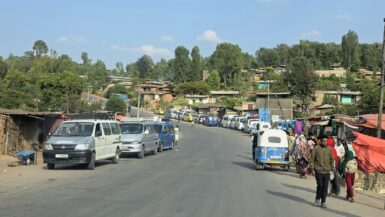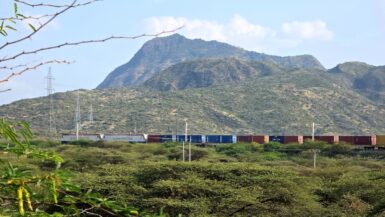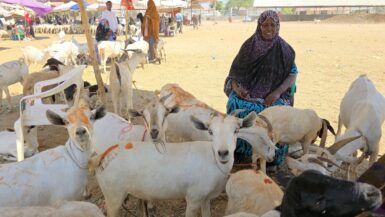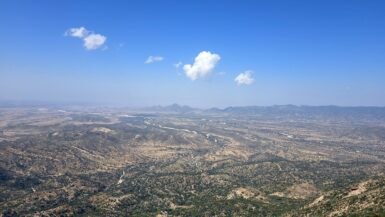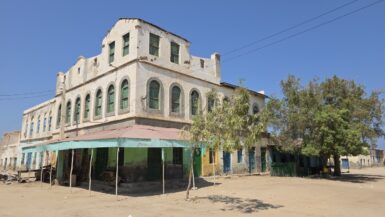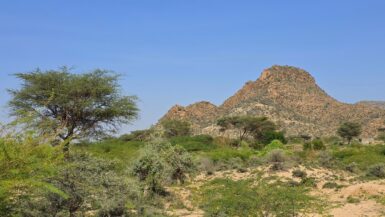Feeding wild hyenas in Harar is a unique cultural practice that has persisted for centuries. The practice is said to have started in the 19th century during a famine to stop hyenas from preying on livestock by providing an alternative food source. Today, it is a tourist attraction (🎟️500...
